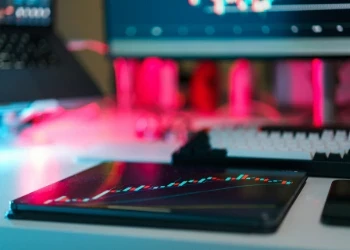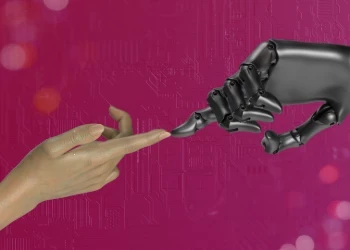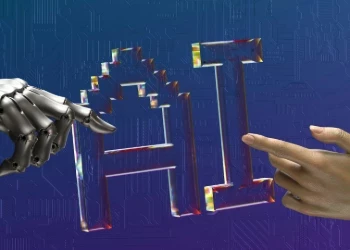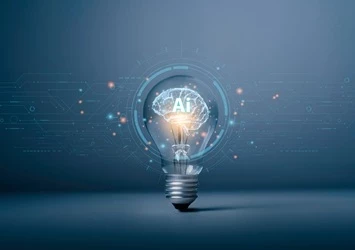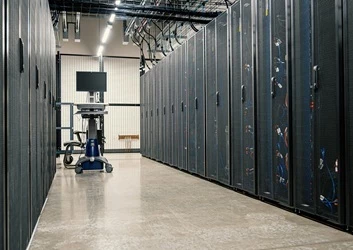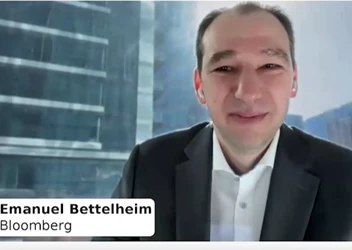AI Innovation at Bank of America
How BofA went from Retail Banking to Fintech Trailblazer
Add bookmark
Over the past decade, Bank of America’s embrace of automation, advanced analytics and other digital technologies has been unparalleled. These previous investments in technology have paid off dearly for the bank this past year as the Coronavirus pandemic unfolded.
As David Tyrie, head of digital at Bank of America, shared in a recent press release, “This past year digital capabilities were more important than ever to our clients. Our investments in mobile and online channels over the last 10 years, along with new and enhanced capabilities introduced throughout last year, enabled us to deliver more personalized experiences for each client through a balance of digital and in-person tools and services across their entire relationship with us.”
And innovation at BofA shows no signs of slowing down. In fact, since March 2020, Bank of America inventors filed 722 patent applications last year, the most in the company’s history. 444 were approved.
Though BofA’s digital transformation undoubtedly involved a constellation of cutting-edge technologies and groundbreaking strategies, one area that is especially exciting is the company’s use of artificial intelligence (AI). While many others may talk a big game when it comes to applied AI and machine learning (ML), Bank of America is actually applying these technologies to real-world problems and reaping tangible value. Here’s a look at how.
Erica
In June 2018, BofA released Erica, an AI-powered virtual assistant that uses natural language processing (NLP) to understand and respond to customer queries. In addition, Erica also leverages a constellation of predictive analytics, machine learning and AI to:
- Warn customers if their spending habits are likely to bring their balance to zero one week in advance
- Notify customers if their credit score changes as a FICO scoring system tool is embedded within the app
- Reminding customers of recurring or late payments
- Search for account information and past transactions on request
- Using anomaly detection software, flagging payments when they are more expensive than expected
- Lock/unlock credit and debit cards at the customer’s request
- By applying advanced analytics to historical purchase data, advise customers on how to reduce monthly spending
Over the past 3 years Erica’s popularity has skyrocketed. In Q1 of 2021, 19.5 million BofA customers used Erica, a significant increase from the 6.3 million users recorded in Q1 of 2019. In addition, over the course of 2020, clients interacted with Erica approximately 400,000 times a day, up almost 100% year over year.
Though Erica was already experiencing steady growth before the pandemic, especially amongst millennials and Gen Z users, about 8 million people used Erica for the first time in 2020. In fact, as many physical locations were forced to close, the bank taught Erica more than 60,000 phrases and questions related to the Coronavirus to help field questions on the subject.
AI for Lending and Loan Management
Another area where BofA is making headway is applying natural language processing (NLP) to analyze corporate credit and predict the likelihood of companies defaulting on loans.
To elaborate, using NLP and ML, credit strategists are able to analyze earnings-calls transcripts and, based on the language used by CFOs and CEOs, predict the likelihood of default over the next 12 months. Examples of phrases that were linked to defaulting include “cost cutting”, “asset sales”, and “cash burn”.
However, despite the model’s promising early results, it has not been fully vetted and probably won’t be adopted in the near future. “At this stage of our research we decided to keep all phrases without intervening and flagging some of them as false signals,” Bank of America credit strategists Oleg Melentyev and Eric Yu and head of predictive analytics Toby Wade recently explained in a research note shared with Institutional Investor, “This area represents an area of further research, where the human expert input is likely to make a purely machine-learning algorithm produce better results.”
Capital Markets and AI
BofA data scientists have spent years developing the Predictive Intelligence Analytics Machine (PRIAM), a ML-powered prediction system that predicts “the best investors for a deal based on the equity offering details, historical deal participation, trading and client touch point information, and market data.” In other words, it helps bankers more effectively identify investors for IPOs.
One thing that differentiates PRIAM from other AI projects is that it merges traditional market data with in-depth subject matter expertise. “Bank of America saw an opportunity to supplement our bankers' deep domain expertise in equity capital markets with data-driven insights based on past and current market dynamics,” Elif Bilgi Zapparoli, co-head of global capital markets at Bank of America Securities, told Global Finance last June. “[PRIAM] identifies the investors most likely to be interested in participating in a transaction with a degree of accuracy better than 80%, based on the equity offering details, investors' historical deal participation, public and proprietary data.”












